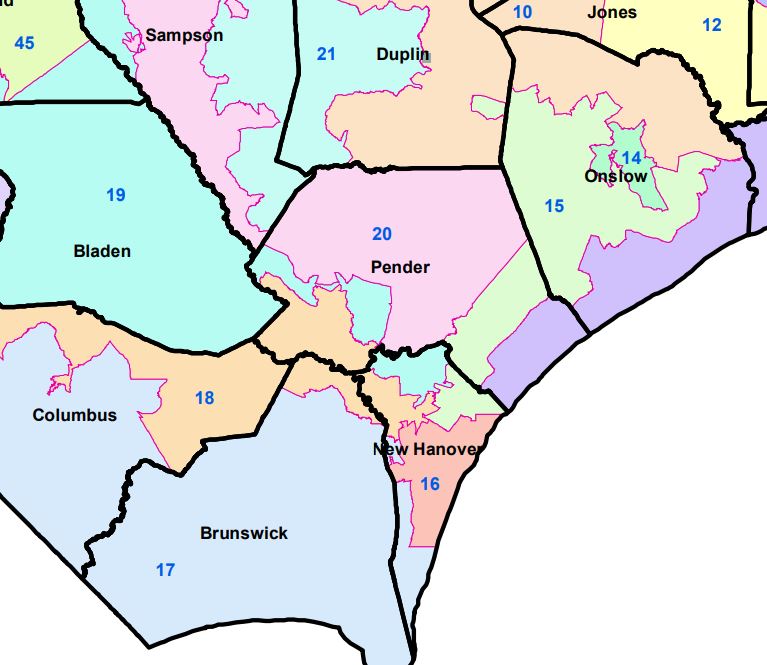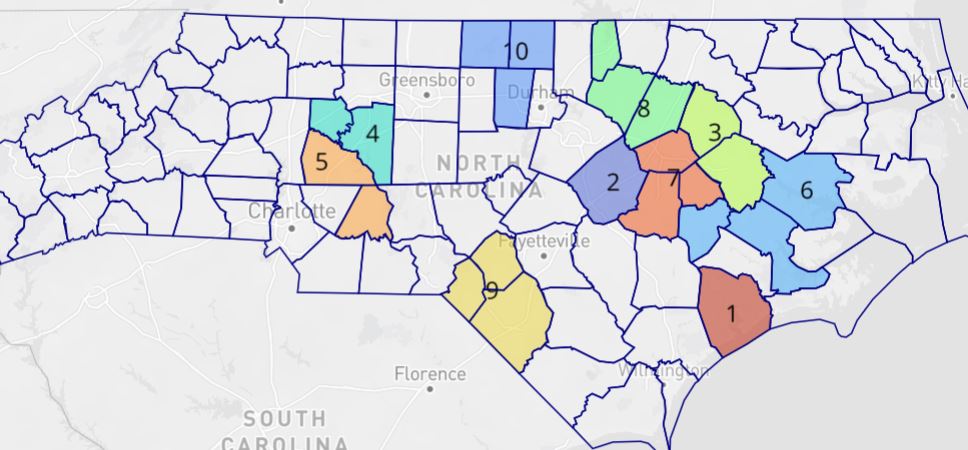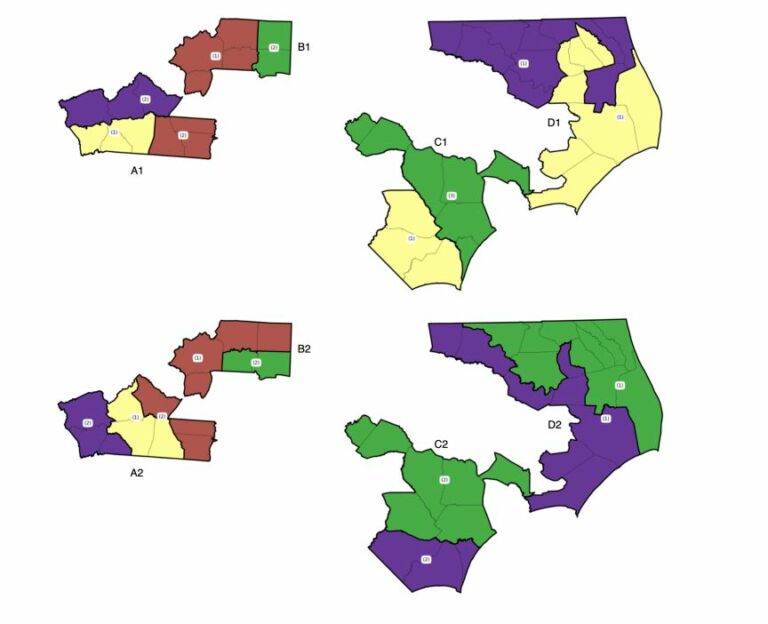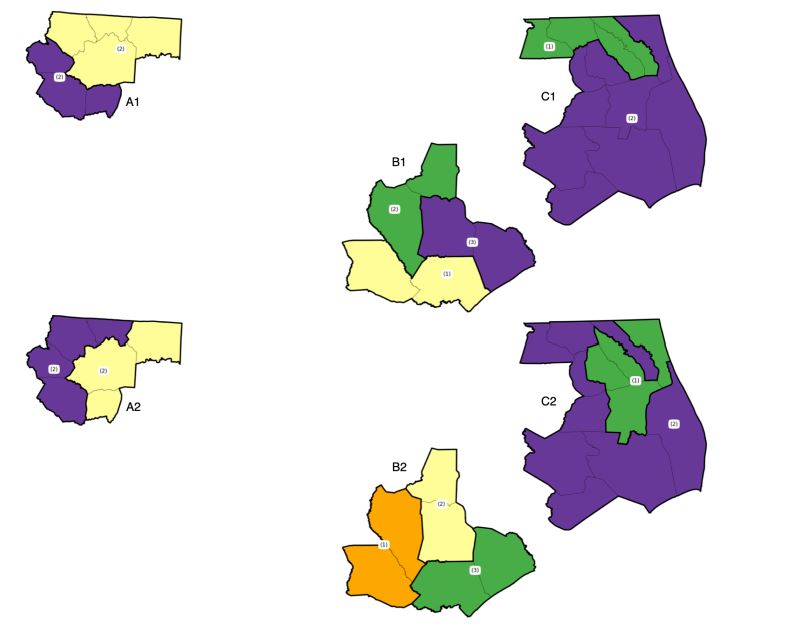Publisher's Note: This post appears here courtesy of the John Locke Foundation. The author of this post is Jim Stirling.
The North Carolina General Assembly is expected to have its new legislative and congressional maps ready this week. The 2022 interim congressional map was always expected to be redrawn this year, as the court-drawn maps are only to be used for one election cycle. The redrawing of legislative maps only came about after the decision earlier this year on Harper v. Hall III, which threw out the court's original ruling on Harper I.
Much like the 2021 redistricting processes, there is significant misinformation and false narratives in the map drawing process. The loudest of these narratives has been that
"North Carolina is a 50/50 state" and then using that narrative to argue that our legislature should be made to represent that even divide.
There are two problems with that argument. The first is that, while North Carolina is a relatively competitive state, it is not evenly divided politically. Republicans have had a persistent advantage in voter support over the past decade, which has allowed them to win over 60 percent of statewide races over that time period.
The other problem with this argument is the geography of voters (i.e., where voters choose to live) matters a lot when it comes to drawing maps, especially those for the state legislature. Because Democrats tend to live more in compact urban areas, legislators would have to intentionally draw tendrils snaking from urban areas into the suburbs to create more Democratic-leaning districts. Doing so, however, would be illegal in North Carolina under our state constitution under Stephenson v. Bartlett, a 2002 state Supreme Court case that established the Stephenson Criteria.

The North Carolina Supreme Court created these criteria during the early 2000s redistricting court case Stephen v. Bartlett. The court attempted to harmonize several conflicting redistricting requirements in the state constitution for legislative seats to have equal population and that no county shall be split for legislative districts, and federal requirements like the Voting Rights Act. The court found that the original 2001 map had a significant amount of unnecessary splitting of counties. It took special note of Pender County. Its population was 26,000 short of the population required for a single-House district. However, it was divided between several House districts.

The court's answer to the legislature's Rorschach maps was to pair off counties based on the ideal population for a district. If a county has a population within 5% of the ideal population to contain a single district, a district must be wholly contained in that county. Once the single-district counties are determined, legislators must find counties within the ideal range for two districts, then three districts, and so on.
Once the counties that can have districts wholly contained within their boundaries are determined, the process then moves on to the next step. This starts with determining counties that can be paired with one other county to make one or more districts. These counties must border one another and can only be traversed across their shared border once in when creating maps. Once these pairings are established, they match three counties, four counties, and so on.
The Stephenson process automatically establishes several districts before map drawers even begin looking at maps. For example, the North Carolina Senate already has 10 of its 50 districts determined.

The process can lead to options for different county clusters, and map drawers may then choose which cluster to go with. These choices must align with the order of operation for determining clusters and comply with the Voting Rights Act. For example, map drawers can not opt to combine five counties into a cluster if, instead, they can be formed into a two-county cluster and a three-county cluster. Research from a group of researchers led by Western Carolina professor Christopher Cooper and The Differentiators both found that the Senate maps have two different options for four sets of county clusters.

Both groups found that the House maps would have two different options for three sets of county clusters.






Yeah, I have done my part as the perfect Republican over all these decades.
Glad to know my work is still being discussed.